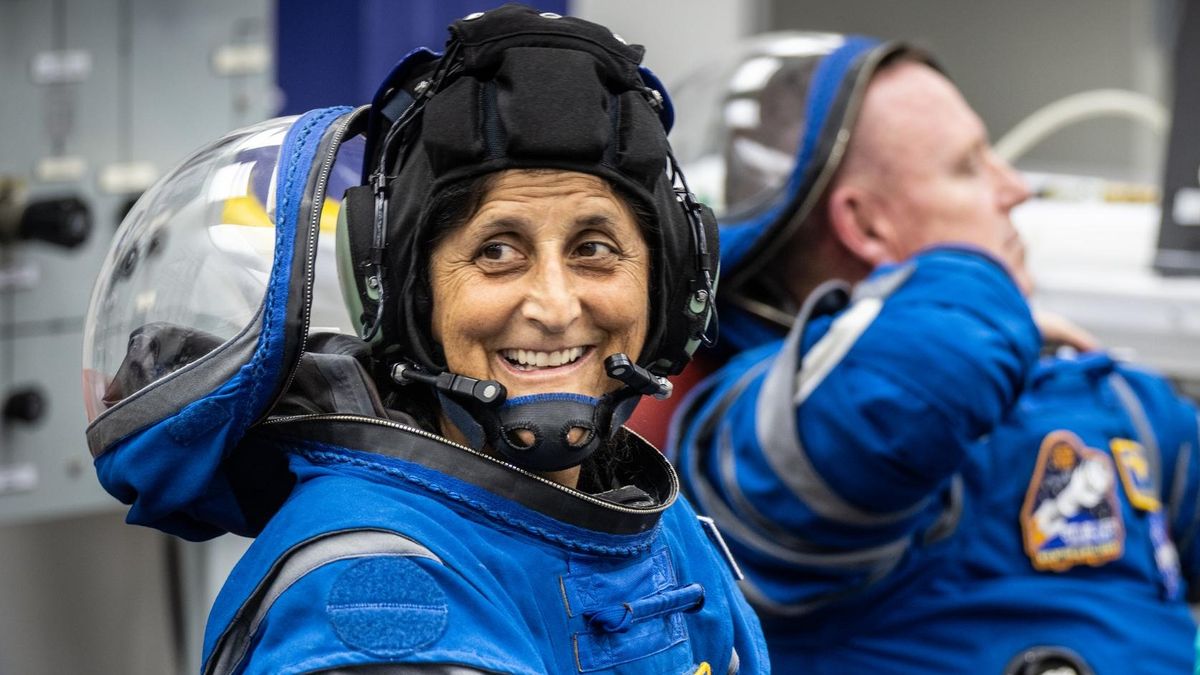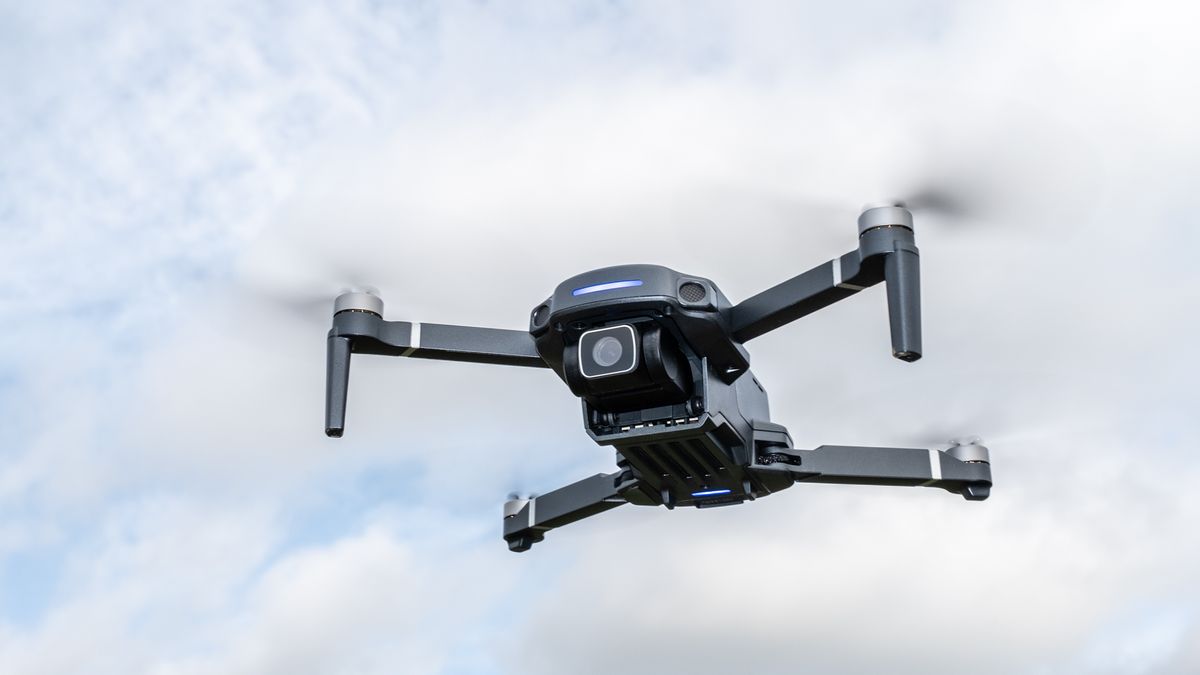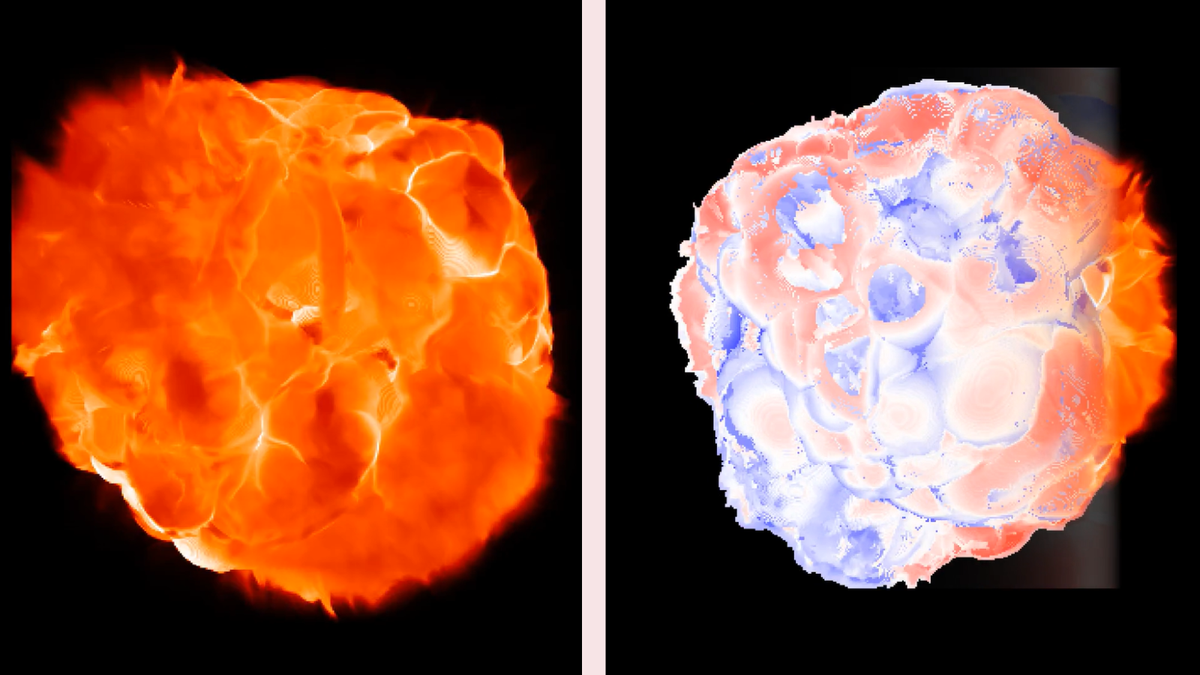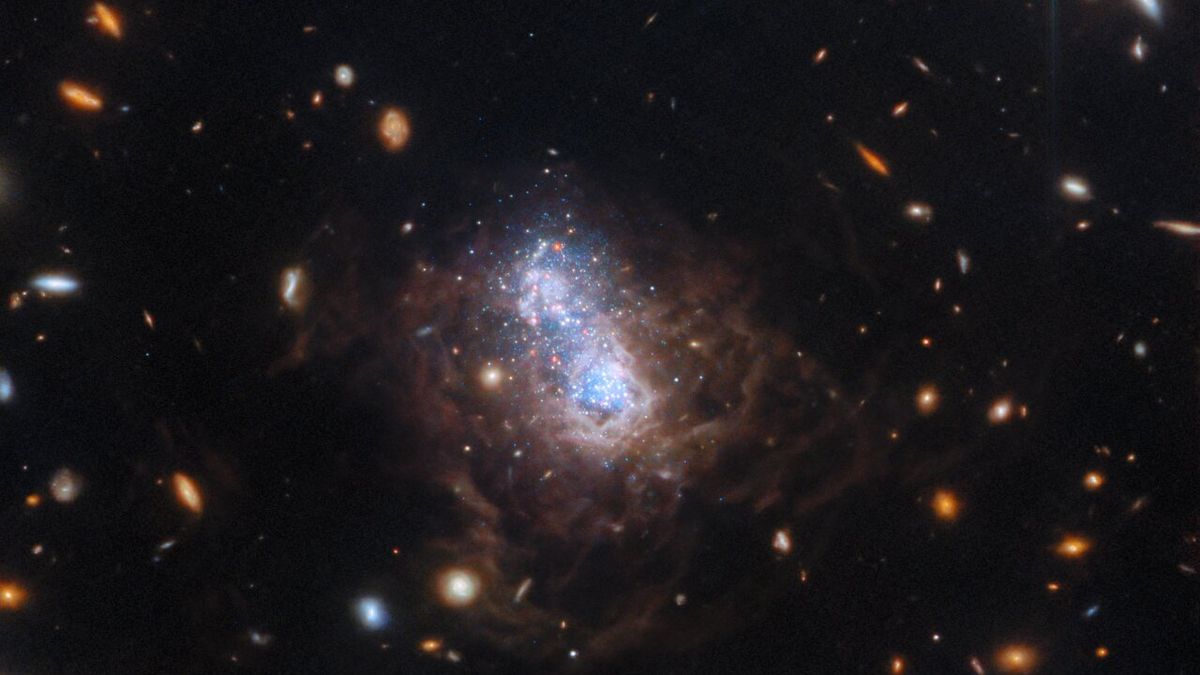NASA Astronauts Gear Up for Historic Starliner Crew Flight Test
Two NASA astronauts, Barry “Butch” Wilmore and Suni Williams, are on the cusp of participating in the maiden human launch of a new spacecraft. The Boeing Starliner’s debut crewed mission is eagerly anticipated, pending schedule adherence. Wilmore and Williams, drawing from their extensive test pilot experience with the U.S. Navy, are poised to evaluate the spacecraft during its inaugural crewed launch. The liftoff is currently scheduled for Monday, May 6th at 10:34 p.m. EDT.
Both astronauts expressed their anticipation and excitement during a recent press conference at NASA’s Kennedy Space Center. Williams voiced her sense of disbelief at the approaching launch date, having waited nearly a decade since her assignment in 2015 due to her spacecraft development expertise. On the other hand, Wilmore, initially selected as a backup for the mission before becoming part of the CFT prime crew, reflected on the journey that led them to this pivotal moment.
Preparation and Experience for a Milestone Mission
Wilmore and Williams bring a wealth of experience to the table, boasting over 11,000 hours of combined flight time with a significant portion in high-performance jets. Their backgrounds include stints in NASA’s space shuttle and Russia’s Soyuz spacecraft programs, along with previous ISS missions. Additionally, they have served as trainers and mentors to fellow astronauts, adding layers of expertise to their roles.
The astronauts’ rigorous test pilot training provides a critical perspective on Starliner’s development and readiness for the Crew Flight Test (CFT). Their expertise in evaluating high-performance aircraft raises pertinent questions about spacecraft capabilities and safety features. Manual flying, a key aspect of the upcoming mission, highlights the astronauts’ proficiency with Starliner’s controls, further ensuring operational efficiency and safety.
Contributing to the Future of Space Travel
Boeing’s ambitions to join SpaceX as a supplier of crewed spacecraft to the ISS underscore the significance of the upcoming Starliner mission. NASA’s strategic partnerships with commercial spaceflight providers have paved the way for innovative solutions. While SpaceX made swift progress with Crew Dragon missions, Boeing addressed challenges with Starliner, emphasizing the need for meticulous testing and refinement.
Wilmore’s perspective on setbacks as opportunities for progress encapsulates the developmental nature of spaceflight programs. Addressing technical issues prior to crewed missions is a crucial aspect of ensuring mission success. As Wilmore aptly puts it, uncertainties persist until astronauts embark on the spacecraft, shaping the trajectory of future missions.
Looking Ahead: Starliner’s Future Endeavors
Following the Crew Flight Test, Starliner-1’s operational mission in 2025 signals a promising future for crewed spaceflight. The astronauts’ comprehensive training and operational involvement further cement their roles in shaping the future of space exploration. As CFT astronaut Mike Fincke and his team prepare for their mission, a new chapter in space exploration unfolds.
In spite of delays and reassignments, Wilmore and Williams remain steadfast in their commitment to excellence. Their humility and dedication reflect a deep sense of honor in piloting a new spacecraft. Their aspirations to emulate legendary astronauts like John Young underscore their reverence for space exploration and commitment to overcoming challenges.
As they echo a sentiment of readiness and duty, the astronauts of the Crew Flight Test embody the spirit of exploration and the enduring pursuit of pushing the boundaries of human spaceflight.
Image/Photo credit: source url





